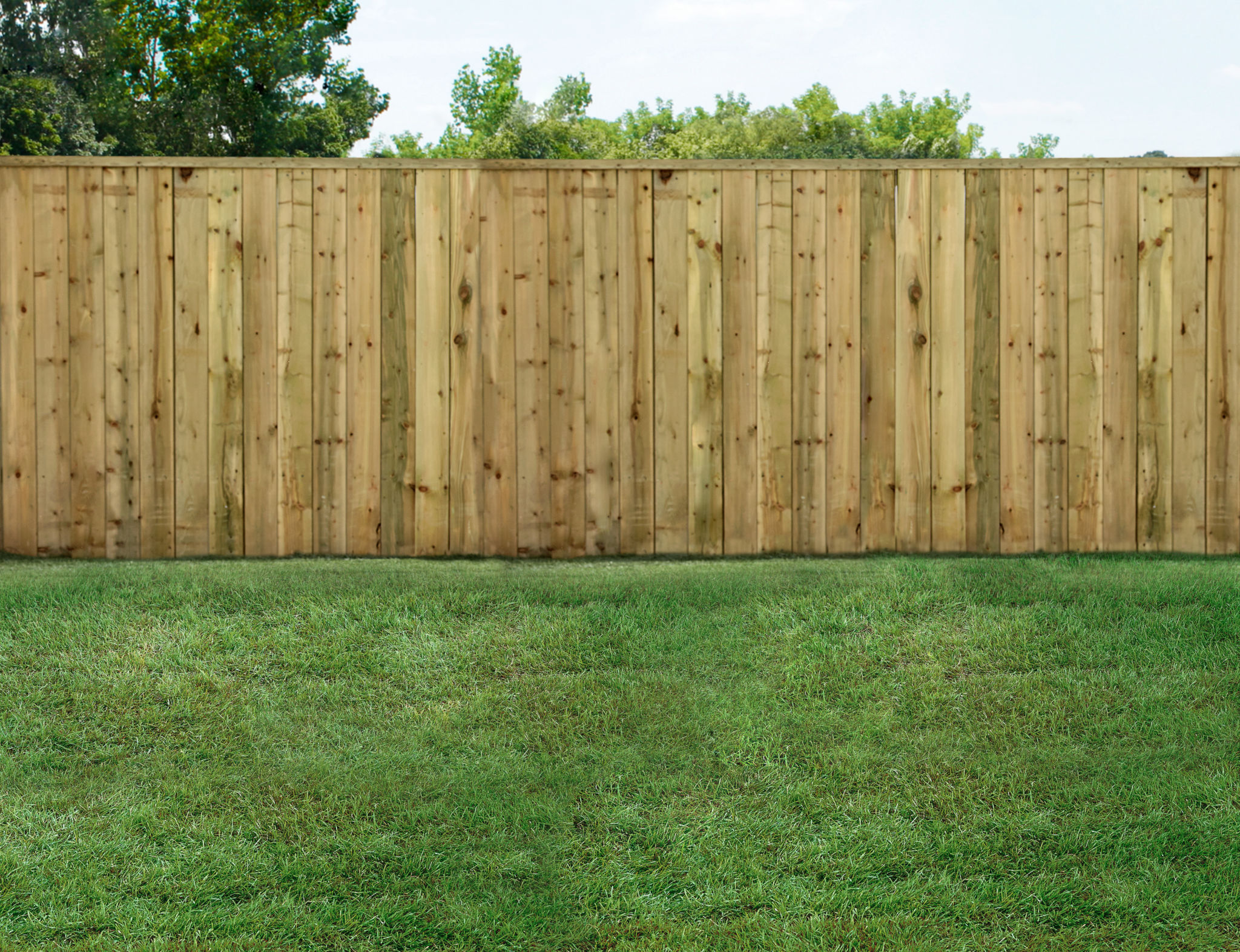Understanding Oklahoma Fence Regulations: What Homeowners Need to Know
Introduction to Oklahoma Fence Regulations
Fencing can be an essential part of your property, providing privacy, security, and aesthetic appeal. However, before you install a fence in Oklahoma, it's crucial to understand the local regulations that govern its construction and placement. Adhering to these rules not only helps you avoid legal issues but also ensures harmony with neighbors and community aesthetics.

General Fence Height and Placement Rules
In Oklahoma, fence regulations can vary significantly between municipalities. However, a common rule is that residential fences in front yards should not exceed four feet in height, while backyard fences can be as high as six to eight feet. It's important to check with your local zoning department for specific requirements in your area.
Additionally, fences must be set back from property lines. This setback requirement ensures that maintenance can be performed without encroaching on neighboring properties. Typically, the setback is about one to two feet from the property line, but this can vary depending on local ordinances.
Materials and Design Restrictions
While there may be some flexibility in the materials you choose for your fence, certain communities have restrictions to maintain neighborhood aesthetics. Common materials include wood, vinyl, chain link, and wrought iron. Some areas may prohibit certain types of fences like barbed wire or electric fences in residential zones.

Permit Requirements and Procedures
Before starting construction, it's essential to determine if a permit is required for your fence project. Many cities in Oklahoma require permits for fences over a certain height or for specific types of materials. Applying for a permit typically involves submitting a plan that includes the fence’s dimensions, materials, and location relative to property lines.
Obtaining a permit ensures that your fence complies with all local building codes and zoning laws. It also provides an opportunity for city officials to address any potential issues before construction begins, saving time and money in the long run.
Neighbor and HOA Considerations
Communicating with your neighbors before installing a fence can prevent disputes and maintain good relationships. It's advisable to discuss your plans with them, especially if the fence will be near shared property lines. In some cases, neighbors might share the cost of the fence.

If you live in a neighborhood governed by a Homeowners Association (HOA), you'll need to review their specific rules regarding fences. HOAs often have strict guidelines on height, color, style, and maintenance, which can sometimes be more restrictive than local regulations.
Conclusion: Compliance and Community
Understanding Oklahoma's fence regulations is crucial for any homeowner planning to install or modify a fence. By complying with these rules and considering your neighbors and community guidelines, you ensure a smooth installation process and contribute positively to your neighborhood’s appearance and harmony.
For more detailed information specific to your area, contact your local zoning office or consult with a professional fencing contractor who is familiar with Oklahoma’s regulations.
